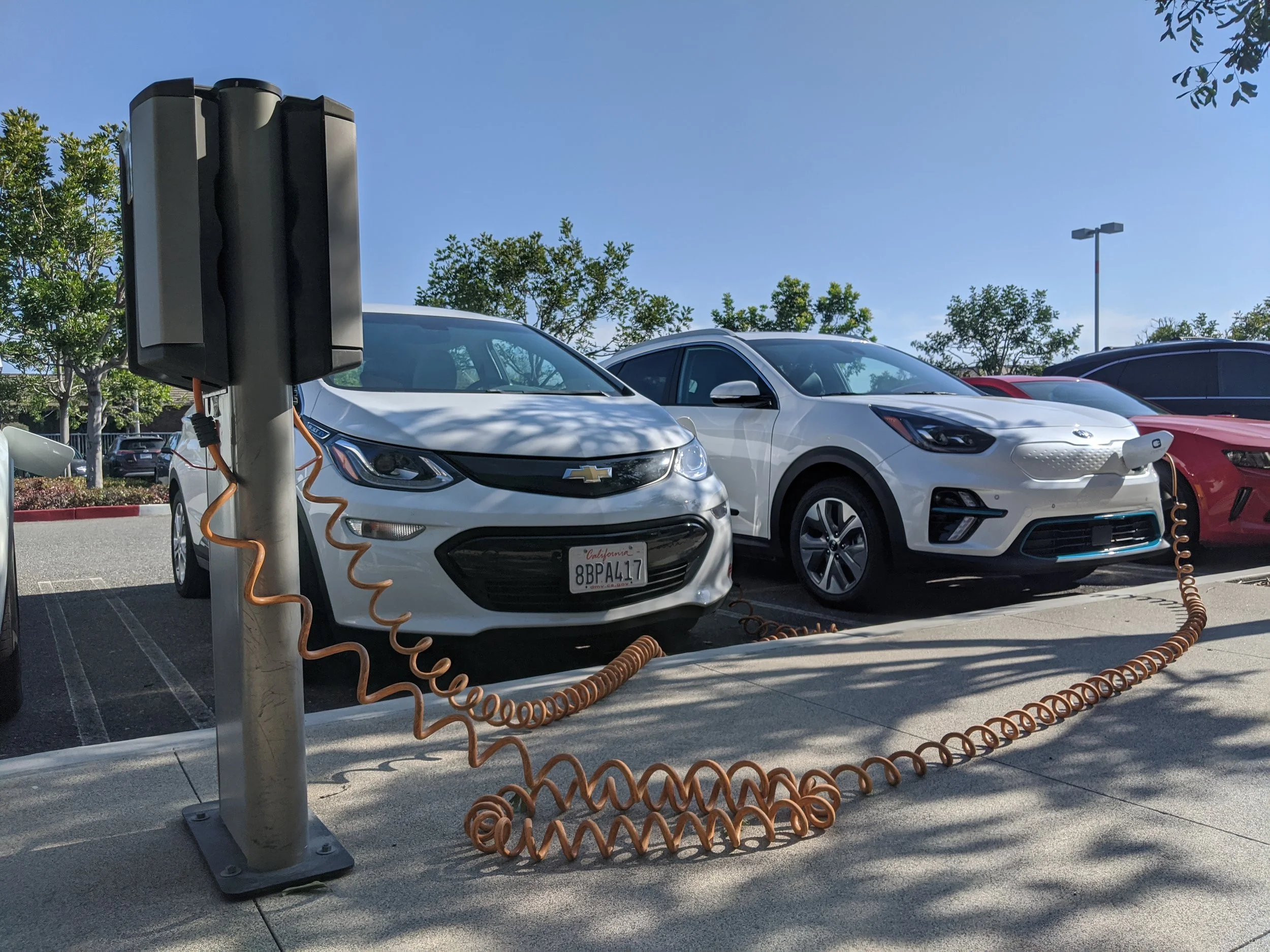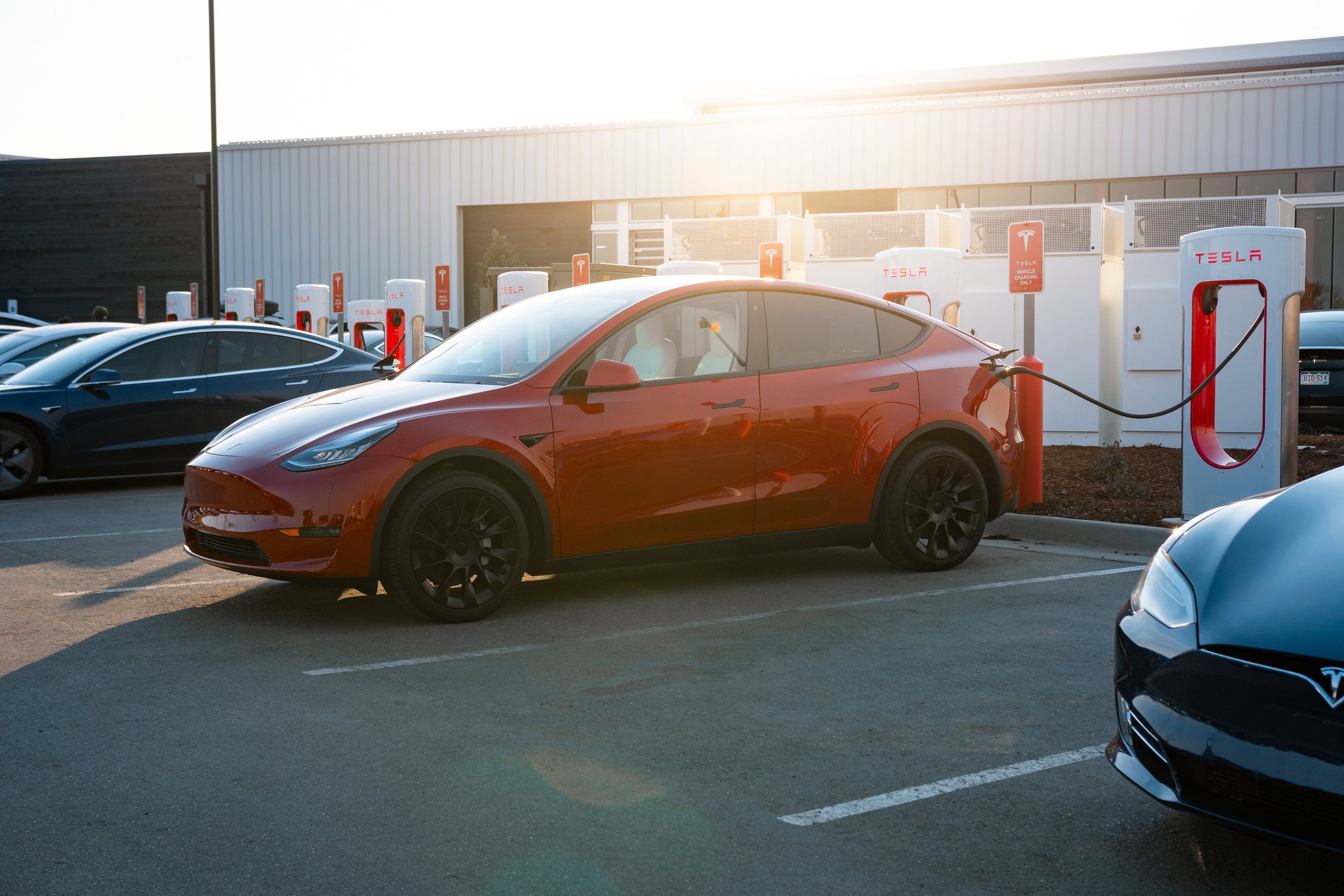The Watt Car’s Official “Is an EV Right for Me?” Checklist
By Edward A. Sanchez – Nov. 6, 2021
Unexpectedly, I got caught up in the drama surrounding the Anderson Economic Group’s EV Charging Study. Thankfully, as you can read elsewhere, the minor controversy culminated in a reasonably civil and happy conclusion. But it got me thinking about some of the fundamental differences between ICE vehicles and EVs, and the factors buyers thinking about an EV should consider before going electric.
It seems in the battle between ICE and EV, there are few moderates. Most players (at least publicly) are all-in on one side or the other. Yes, the legacy automakers are gradually ramping down ICE R&D and rapidly ramping up EV investments, but in terms of the two-to-three decade trajectory, the consensus is that the momentum is behind EVs. The year 2050 will likely look substantially different than today in terms of variety of cars, availability of charging, and relative costs. Mainstream EVs have really only been a “thing” for the past 10 years, and arguably have only become truly mainstream within the last two to three years.
I have had conversations with everyone from industry “experts” to everyday people about EVs. Misperceptions and prejudices abound with EVs. Some of them have a nugget of truth to them, but are often wildly exaggerated and distorted to make one side or the other look good or bad.
With this post, I’m going to try to cut through the noise, and give a straightforward checklist of some things to consider if you’re seriously looking to buy an EV. I hope you find this reference helpful.
Is an EV Right for Me?
This is a loaded question. There are many variables involved, some of which we will address below. In summary, consider your normal daily driving routine, in terms of stops, miles driven, and availability of charging. Also consider power rates in your area, and based on your typical use, if you will realize savings in everyday operational costs.
I live in an apartment, and there are no chargers in the garage. Should I get an EV?
This is a question only you can answer. Have you approached the landlord or property manager about getting a charging station installed on-site? Many charging networks have a program where they will install a charging station at little to no cost to the property owner in exchange for a cut of the revenue from charging. In some cases, multi-family residential complexes have the perk of free EV charging for residents. Keep in mind, utilizing public charging stations is generally much more expensive than home charging, with the exception of “free” public chargers, which are usually subsidized by cities or by advertising (like the Volta network). Even the installation of a 240V outlet in the garage or parking structure could be a lower-cost option for the property owner to provide a minimal provision for EV charging, as well as being usable for other higher-voltage needs.
I have a long commute. Will an EV work for me?
There are many more choices of long-range (200+ mile) EVs today than there were even a few years ago. Beyond just your commute mileage, another factor to consider is the availability of charging at or nearby your workplace and/or final destination. PlugShare is an excellent resource for finding available charging globally.
Some workplaces offer on-site EV charging, but be sure to check the speed and availability before relying on these chargers. (Image by Phil Royle)
My house only has a 100A main panel. Can I add a Level 2 charger?
I can speak to this from personal experience. My nearly 2,000 sq-ft house also only has a 100A main panel. By today’s standards, it’s undersized, and equivalent-sized new construction would be required to have a 200A main panel, which could easily accommodate EV charging of nearly any amperage. I had a dedicated 30A circuit installed going directly to a NEMA 14-30 outlet in the garage, which I have a Tesla Mobile Charger plugged into. I get approximately 25 miles/hour of charging, which is plenty to give me a full charge overnight, even on an almost fully depleted battery.
However, if you are considering larger, higher-kWh EVs such as a Model S Long Range or Plaid, Rivian R1T, or the upcoming Ford F-150 Lightning, you should consider a 50A outlet or circuit as an absolute minimum. Some of the charging solutions for these vehicles require dedicated 80A or 100A circuits. In all cases, unless you’re an electrician by trade, it’s best to consult with a professional electrician on the installation of a home charger, either hard-wired or using a 240V plug, that your existing system can handle the added load or if a panel upgrade is recommended, which can run into the thousands of dollars, depending on your area.
I’ve heard there’s money available to help with the installation of a home charger, or a tax credit
This is true, but do your homework. This is a constantly changing scenario, with many offers or rebates based on programs that either have a finite amount of money available, or a phase-out date. The best advice I can give is to do a web search for “EV rebates available in [my state].” Some regions, and even cities, have specific programs for residents.
Current federal tax credits for EVs are dependent on how many EVs that particular OEM has already sold, as well as your income level. There are also many state-level EV credits available as well, but as noted, it’s a constantly changing landscape.
Finally, your local electric utility may have a rebate or credit program for installing a home EV charger, often as much as $1,000. While this may not totally offset the cost, it can help take a lot of the pain out of the cost of a home charging station installation.
Level 1 chargers work, but the reality of long charge times might be shocking. (Image by Phil Royle)
I take a lot of road trips. Will an EV work for me?
The prospect of taking a road trip in an EV is a lot less daunting today than it was even five years ago. The Tesla Supercharger and Destination Charger network is constantly growing, as are the third-party charging networks such as ChargePoint, EVgo, Electrify America, and others.
But figure on charging stops taking longer than stopping at the gas station. Even “fast charging” can take as long as 30 minutes to an hour. It’s best to plan your charging stops to coincide with rest stops for bathroom or walking/stretching breaks, or meal stops. If you’re already taking 30 minutes to an hour to take a break, the time to charge won’t seem like such an inconvenience. If you’re a “road warrior” type that likes pit stop-style ultra-fast fuel, food, and bathroom stops, you may find the time to charge an EV frustrating. For a six to eight hour road trip, plan on an EV adding approximately an extra hour to the travel time relative to an ICE vehicle.
Often in the wild unknown? Just because there isn’t a dedicated EV charger nearby doesn’t mean you don’t have options. (Image courtesy Porsche)
There are no fast chargers on the route I plan on driving. What are my options?
Level 3 DC “Fast” chargers aren’t strictly necessary for road trips, but they are an undeniable convenience. Many RV parks have 14-50 240V outlets available. Most of the time they are reserved for overnight campers, but many parks are becoming aware of the growth in popularity of EVs and will offer you to use their plugs for a nominal fee, or sometimes free.
Many hotels offer Level 2 charging as a free amenity for guests, or sometimes just a networked charger that charges a nominal fee to charge. You may need to set up an account with the associated charging network to take advantage of this perk.
If you are staying overnight at a hotel or motel with parking near your room, overnight charging on a Level 1 (wall plug) outlet will probably give you an additional 40-50 miles. If you plan on taking advantage of this, be sure you have an extension cord rated to handle the draw of the EV, which can be substantial. Make sure cords are not wound or coiled, as they can super-heat and sometimes melt the cords, which can be a fire hazard.
Many hotels frown on guests using room outlets and extension cords for charging. You may want to ask hotel management if they have available outdoor 110/120V or 220/240V outlets you can use. PlugShare will often list “off-menu” charging options such as power outlets, rather than just official networked or formal Level 2 chargers.
Based on my calculations, I’ll barely make it to my destination on the charge. Should I take the trip in an EV?
Personally, my comfort factor is a buffer of at least another 30-40 miles by the time I reach my destination. There are many variables that can affect range, including climate, topography, speed, and payload (passengers or cargo) of the vehicle. Range estimates vary wildly per vehicle, with some showing an optimistic – or pessimistic – range estimate. My recommendation is to always charge for more than you think you’ll need.
Also, map out “Plan B” chargers if you eat through your charge faster than you anticipated. These back-up chargers can include RV parks or other locations with 220/240V outlets, assuming you have the correct adapters. As I’ve written about in the past, I have a borderline-obsessive collection of plug adapters “just in case.” Your comfort level may vary on this, but at an absolute minimum, I’d recommend a mobile charger or adapter with at least a 14-50 plug, and a standard 5-15 grounded wall plug. Other adapters and plugs to consider include 10-30, 14-30, L14-30, 6-20, and others.
Below I have included a non-comprehensive, but helpful list of links and resources to help you make the decision about whether an EV is right for your needs.
Tesla’s Supercharger network is a giant perk for owning a Tesla. But even Tesla owners should consider carrying a variety of plugs and adapters in case a Supercharger is not in range. (Image courtesy Tesla)
EV Resources:
PlugShare: https://www.plugshare.com/
Edison Electric Institute EV Resources Page: https://www.eei.org/issuesandpolicy/electrictransportation/Pages/default.aspx
California Clean Vehicle Rebate Project: https://cleanvehiclerebate.org/eng/eligible-vehicles
California Clean Fuel Reward Electric Utility Program: https://cleanfuelreward.com/california-ev-rebate-program/electric-utilities-discounts
IRS Plug-In Vehicle Tax Credit Form 30D: https://www.irs.gov/credits-deductions/individuals/plug-in-electric-drive-vehicle-credit-section-30d
ChargePoint Apartment/MDU Charging Resource Page: https://www.chargepoint.com/drivers/apartments-and-condos/
Blink Charging Condo Charging FAQ: https://blinkcharging.com/live-in-a-condo-without-ev-stations-how-to-get-the-charger-you-need/?locale=en
EV Connect Resources for Property Owners/Managers: https://www.evconnect.com/blog/commercial-ev-charging-stations-green-apartments
EVSE Adapters (for hard-to-find or unusual adapters): https://www.evseadapters.com/
Travel & Leisure “Everything You Need to Know About Road Tripping in an Electric Car”: https://www.travelandleisure.com/travel-tips/electric-car-road-trip-charging-guide
(Main image courtesy Porsche)
- Podcast - Facebook - Google News - Twitter -











